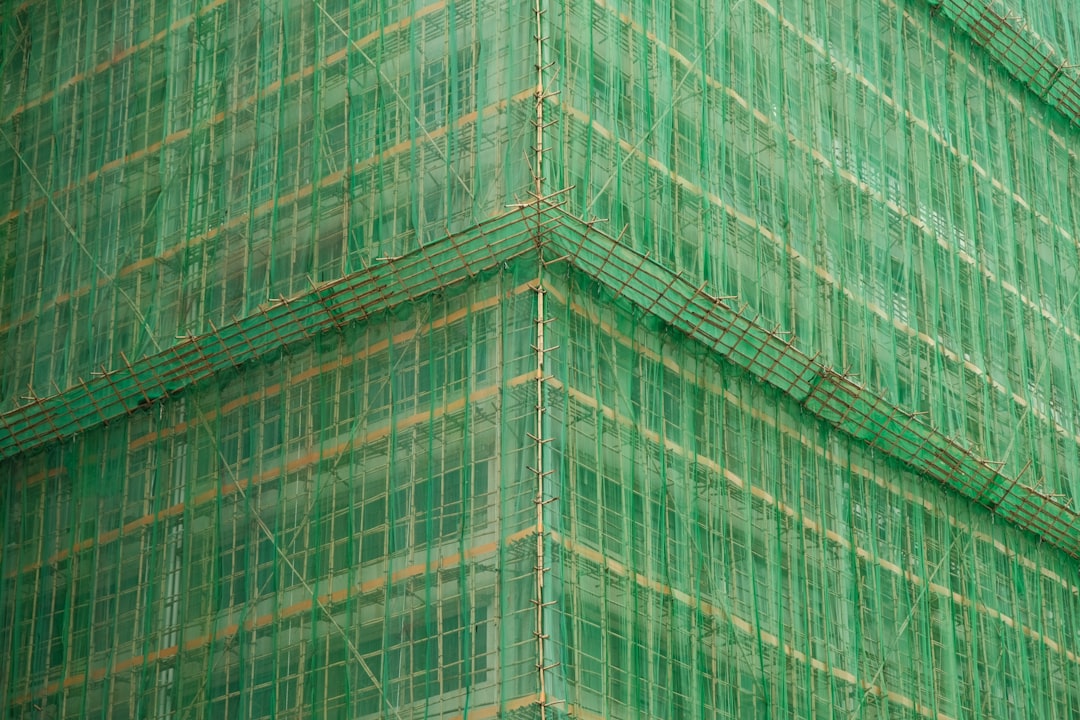
For construction professionals looking to provide accurate estimates for blown-in insulation, understanding the cost dynamics is crucial. Current rates for blown-in insulation in New York range from $1.65 to $2.90 per square foot. A typical 1,200 sq ft attic installation costs between $1,980 and $3,480, including materials, labor, and additional services.
• Depth of existing insulation: Heavier top-ups are more cost-effective.
• Material choice: Cellulose is generally 5-8% cheaper than fiberglass.
• Accessibility: Easier access reduces costs.
• Prep work: Additional tasks like air sealing can increase costs by 10-20%.
• Regional labor rates: Urban areas may see an 8-12% increase.
Estimating costs involves more than just square footage. Considerations include:
1. Recessed lighting requiring IC-rated covers.
2. Special handling for knob-and-tube wiring.
3. Low-slope roofs needing netting.
4. Weather-related delays in specific locations.
• Cellulose: Made from recycled paper, offers an R-value of ~3.7 per inch.
• Fiberglass: Composed of spun glass fibers, offers an R-value of ~2.8-3.2 per inch.
1. Use the CountBricks app for voice-driven estimates.
2. Capture measurements with LiDAR technology.
3. Receive instant proposals with detailed line items.
4. Generate branded PDFs for client approval.
• Reduces HVAC runtime by 15-20%.
• Increases property value with ROI projections.
• Minimizes issues like ice dams and noise transfer.
• Include a 5-7% contingency for unexpected issues.
• Bundle upgrades to optimize crew costs.
• Schedule projects during temperate months to avoid delays.
New York offers programs that reimburse up to 50% of material costs. CountBricks simplifies the process with auto-populated forms and incentive codes.
A 2,400 sq ft brownstone project resulted in a $5,100 cellulose package, reducing leakage by 29% and saving $420 annually on heating.
• Real-time pricing updates.
• Efficient blueprint takeoffs.
• Seamless integration with invoicing systems.
For precise blown-in insulation estimates, leverage CountBricks' AI technology. Visit CountBricks.com for more information.

• Air Sealing Packages: Combine with insulation for an additional $0.40 per sq ft.
• Smart Ventilation Upgrades: Add solar-powered fans to increase project value.
• Thermal Imaging Reports: Provide visual diagnostics for a $150 fee.
A 900 sq ft Cape Cod project included R-49 fiberglass and smart vents, resulting in a $2,620 proposal and a 32% profit margin.
1. Sign up at CountBricks.com/signup.
2. Upload supplier price sheets.
3. Customize labor rates and tax zones.
4. Use the app for voice-driven estimates.
5. Convert quotes to invoices with ease.
• Use headsets for clear voice capture.
• Pre-load common assemblies for quick estimates.
• Schedule regular cost updates to maintain profitability.
Join professionals who enhance their workflow with CountBricks. Visit CountBricks.com for a personalized onboarding session.